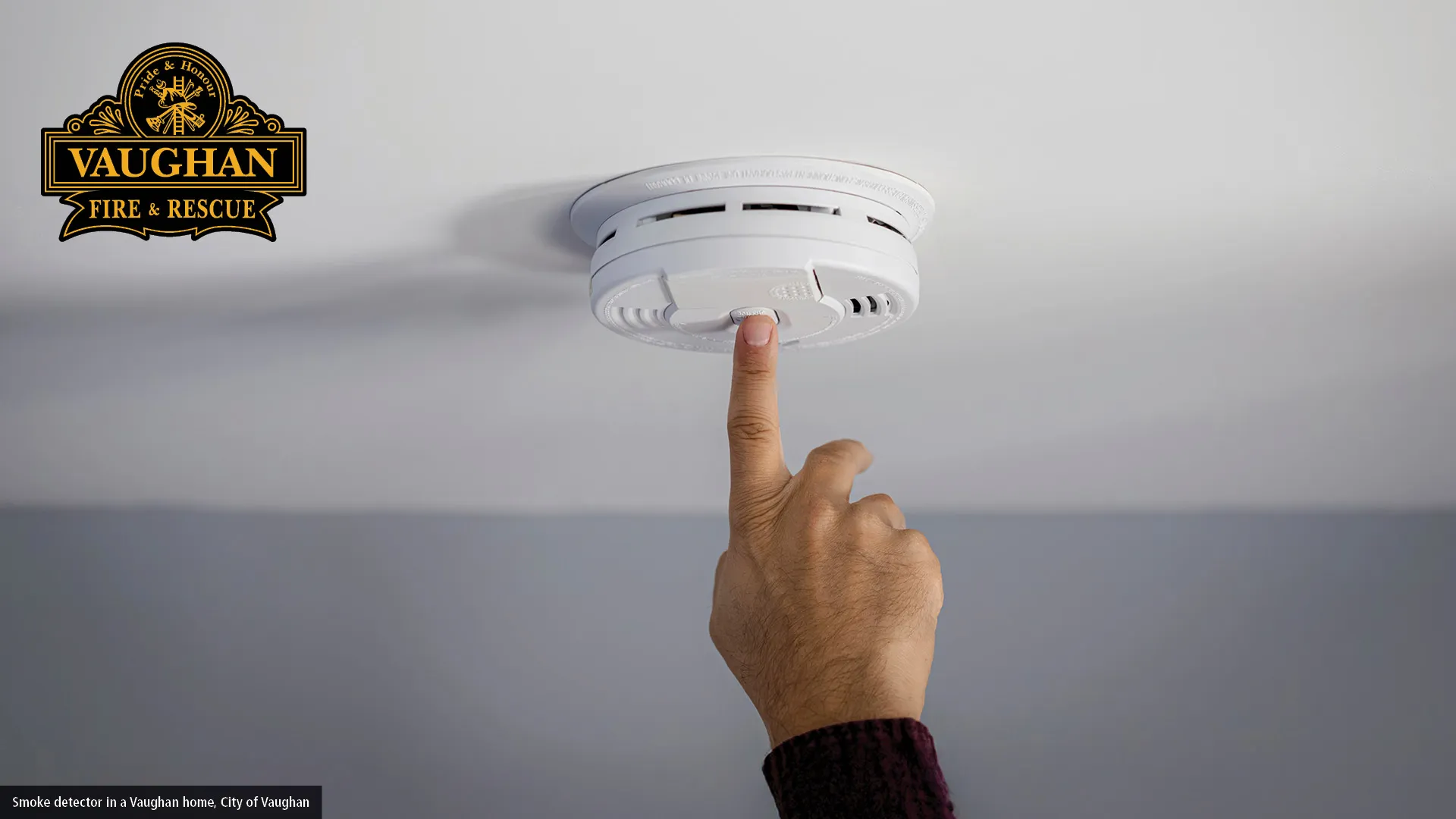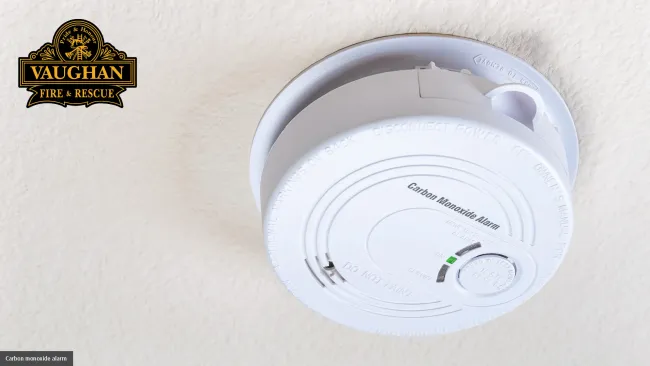‘Fall back’ for daylight savings
Change your smoke and CO alarm batteries when you turn your clocks back
We gained one hour of sleep last night! When you turn your clocks back an hour, it’s also a good idea to change the batteries in your smoke and carbon monoxide (CO) alarms.
To ensure your alarms are always ready in case of an emergency, follow these essential tips from Vaughan Fire and Rescue Service:
Your hardwired alarms need to be tested too! They have a battery back-up for power outages that should be checked and replaced.
- Replace your CO alarms every five to 10 years and your smoke alarms every 10 years – they do expire and will have a date clearly marked on them.
- Test all alarms at least once a month. Press the test button to be sure the alarm is working.
Consider combination smoke and CO alarms so you have less devices to test and maintain.
If you have a fuel burning appliance, fireplace or storage garage, be sure to install CO alarms on every level of the home and outside all sleeping areas. As of Jan. 1, 2026, this will be a requirement under the Ontario Fire Code.
If possible, use interconnected smoke alarms – when one alarm sounds, they should all sound throughout your home.
Follow the manufacturer’s instructions when installing, testing and maintaining smoke alarms.
Use special alarms, such as bed shakers, for those who have hearing loss or are deaf.
- Mount smoke alarms on the ceiling or high on the wall – no more than 30 centimetres (12 inches) from the ceiling and away from corners. Don’t install alarms near windows, doors or ducts because a draft can interfere with their operation – so can painting or placing decorations over an alarm.
Dust can clog a smoke alarm, so gently vacuum alarms every six months using a soft brush. Never vacuum electrically connected alarms unless you shut off the power. Test your unit when you are finished cleaning.
Remember, your CO alarm sounds different than your smoke alarm. Test both alarms regularly and make sure everyone in your home knows the difference between the two alarm sounds. It’s also important to know the difference between the low-battery warning, end-of-life warning and emergency alarm sounds – consult your smoke and CO alarm manufacturer instructions.
Visit vaughan.ca/fire for more fire safety tips.
For updates and news as they happen, subscribe to Vaughan News and follow the official corporate channels on X, Facebook, Instagram and LinkedIn.





